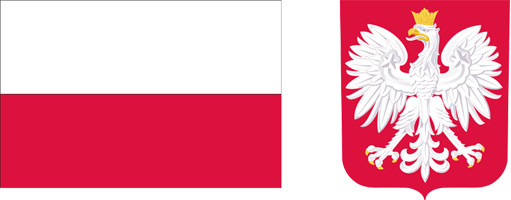Current issue
Archive
About the Journal
Aims and Scope
Advisory Board
Members of the Editorial Board
List of reviewers
Publishing process
Publishing Ethics and Malpractice Statement
Personal data protection (GDPR)
Creative Commons License
CrossRef Member / Similarity Check
For Authors
Call for papers
Guidelines for authors
Submitting a manuscript through the editorial system – step by step
For Reviewers
Peer review process
Guidelines for reviewers
Submitting a review – step by step
Contact
RESEARCH PAPER
EFFICIENCY OF LIVE PIG PRODUCTION DEPENDING ON THE TYPE OF REARING
1
Institute of Agricultural and Food Economics National Research Institute
Submission date: 2023-06-05
Final review date: 2023-07-08
Acceptance date: 2023-12-19
Publication date: 2023-12-22
Corresponding author
Monika Bocian
Instytut Ekonomiki Rolnictwa i Gospodarki Żywnościowej Państwowy Instytut Badawczy, Zakład Rachunkowości Gospodarstw Rolnych
Instytut Ekonomiki Rolnictwa i Gospodarki Żywnościowej Państwowy Instytut Badawczy, Zakład Rachunkowości Gospodarstw Rolnych
Zagadnienia Ekonomiki Rolnej / Problems of Agricultural Economics 2023;377(4):86-103
KEYWORDS
JEL CLASSIFICATION CODES
Q12
Q13
Q16
Q18
TOPICS
ABSTRACT
The main goal of the analysis is to determine the efficiency of various types of pig farming. The article
presents a drastic decline in the number pigs and pig farms in Poland in recent years. The effect of the
changes was reduced self-sufficiency in the production of live pigs. In terms of a decline in the domestic
supply of live pigs, there was an increase in imports, mainly of weaners for further fattening. In addition
to the dominant closed live pig production system, an open and mixed production system can
also be distinguished. Imported weaners constituted the basis for the open farm system, which was
conducted in two ways: at farmer’s own cost and contract rearing. The study material consisted of
data from Statistics Poland and Farm Accountancy Data Network. The tabular analysis method and
correlation indicators were used. The analysis of the efficiency of live pig production under a closed
and open farm systems showed that the most effective was a closed system on a larger scale (sales of
a minimum of 400–700 fattened pigs per year). The open farm system at farmer’s own cost provided
higher income than contract fattening, which guaranteed satisfactory income. However, the open system
at farmer’s own cost requires producers to have their own capital to purchase weaners and feed.
Obtaining higher income involves greater risk. It was concluded that contract fattening is advisable
for producers who have buildings suitable for fattening but who do not have their own funds and are
not willing to take risk.
We process personal data collected when visiting the website. The function of obtaining information about users and their behavior is carried out by voluntarily entered information in forms and saving cookies in end devices. Data, including cookies, are used to provide services, improve the user experience and to analyze the traffic in accordance with the Privacy policy. Data are also collected and processed by Google Analytics tool (more).
You can change cookies settings in your browser. Restricted use of cookies in the browser configuration may affect some functionalities of the website.
You can change cookies settings in your browser. Restricted use of cookies in the browser configuration may affect some functionalities of the website.




